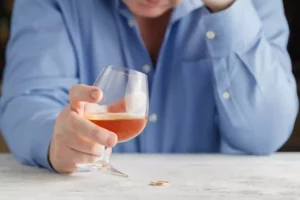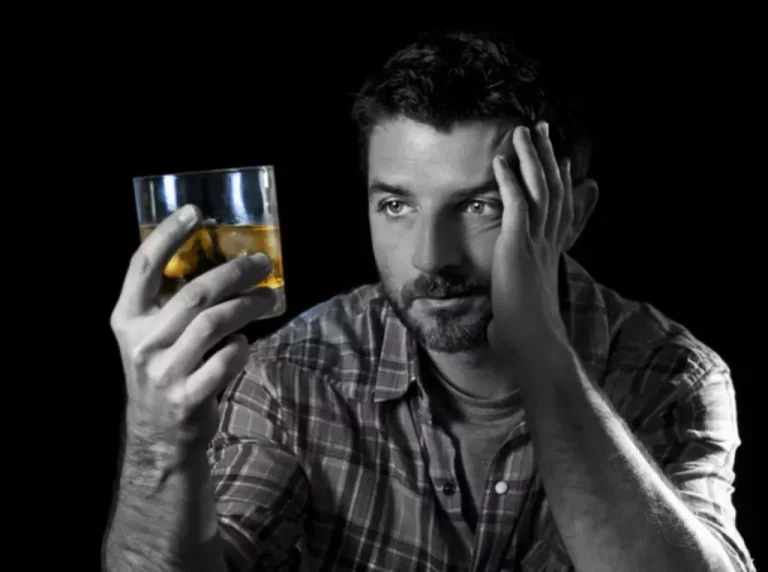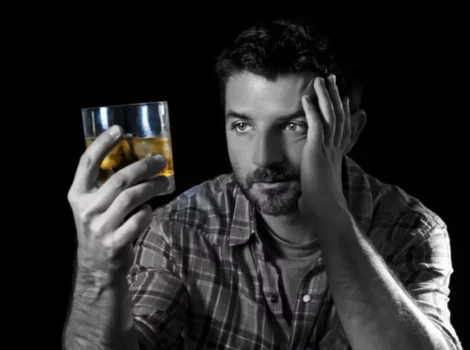
The study surveyed a range of people with the skin condition and revealed that rhinophyma is found in just as many individuals who do not drink as in those who do drink. A team is needed to overcome alcoholic nose and underlying addiction. But in a worst-case scenario, rhinophyma alcohol developments can affect mood, job, and social opportunities. Plus, alcohol rhinophyma can disrupt sleep and other crucial functions.
Understanding Alcoholic Nose: More Than Just Drinking
- Although alcohol does not directly cause this condition, research indicates that it may exacerbate the severity of rhinophyma symptoms.
- Plenty of people suffering from rhinophyma have stayed home for fear of being shamed in public.
- Recognizing the early signs of rosacea and seeking appropriate treatment can help prevent the advancement to rhinophyma.
- These sores often look splotchy, have spider-like veins, or appear acne-like.
Widened blood vessels caused by heavy drinking allow more blood to travel to right beneath the skin’s surface, which gives the face a more flushed or red appearance. Alcohol use disorder and skin conditions like rosacea are connected because of the potential for alcohol to worsen existing skin conditions. For more advanced forms of rhinophyma, the most effective way to manage thickened skin is almost exclusively through physically removing excess tissue.
Can Drinkers Nose Be Treated?
This is why someone with an alcoholic nose is usually shunned for it in society. The fear of judgment makes it difficult for people suffering from the condition to step forward and seek proper help and treatment. Alcohol cannot be eliminated as a trigger for an alcoholic nose, but this does not have to mean that everyone who drinks alcohol should develop the condition. Rhinophyma is one of the lesser-seen impacts of alcohol abuse and affects a tiny percentage of users. It is different for people who already have an alcoholic nose – if they drink excessively, their condition will most probably worsen with time.

Debunking the Myth: Alcohol and Rhinophyma
Rosacea is a skin condition that is characterized by red cheeks or red patches on the face along with visible blood vessels. Before we discuss how to treat an alcoholic nose, it’s important to understand what causes it. That said, drinking can trigger a flare-up of rosacea, which means if you are already susceptible to this condition, drinking alcohol could cause your symptoms to begin.
Signs and symptoms

Since stress can trigger rosacea flares, developing effective stress management techniques is an important part of treatment. Texture changes are also prominent, with the skin becoming thick and bumpy, often described as having an “orange peel” appearance. Visible blood vessels, called telangiectasias, become prominent across the surface of the nose. In advanced cases, the nostrils may become distorted due to the tissue overgrowth, and the tip of the nose can become significantly alcoholic bulbous nose enlarged. The condition typically presents with several distinctive features that develop progressively over months or years. The nose becomes noticeably enlarged and bulbous, often taking on a rounded or bulging appearance that can be quite dramatic in severe cases.
- Like rhinophyma, rosacea is more common in those with pale complexions and a family history of skin conditions.
- Looking at the image below as an example will give you an idea of what the appearance of what someone’s nose looks like when referred to as an “Alcohol Nose” or “Drinkers Nose”.
- However, there are several treatments that you can try to control symptoms and reduce visible redness.
- It starts as an accentuation of the normal tissue over the nose in adolescence and young adulthood.
Earlier stages of rosacea can be confused with acne and other skin conditions. Spring Hill Recovery Center provides residential treatment for addiction and co-occurring mental health issues. However, some conditions may require treatment beyond our capabilities, and we reserve the right to medically discharge a patient for a higher level of mental health care. Addiction treatment is available for those who are struggling with alcohol abuse or addiction. Specially trained staff are available right now to discuss treatment options for you or your loved one. We can help find a detox or treatment program that will help get the services needed on the road to recovery.
What Is Alcoholic Nose or Rhinophyma
Systemic treatments may be necessary for moderate to severe cases of rhinophyma or when topical treatments are insufficient. Oral antibiotics, particularly tetracycline-class drugs like doxycycline or minocycline, are commonly prescribed for alcoholism treatment their anti-inflammatory properties. Understanding who is most likely to develop rhinophyma helps healthcare providers identify at-risk individuals and implement appropriate screening and treatment strategies. Springbrook Psychiatric Hospital is a 66 bed inpatient mental health facility located in Hernando County.
The Role of Genetics and Lifestyle in Alcoholic Nose

Rhinophyma, commonly referred to as alcoholic nose, is a condition in which the nose takes on a red coloration and becomes enlarged in a bulbous shape. Early intervention and proper management are key to preventing the progression of rosacea into rhinophyma. If you suspect you have rosacea or rhinophyma, consult with a dermatologist to explore your treatment options and develop a management plan tailored to your needs. In severe cases, rhinophyma can lead to significant deformation of the nose, making it appear bulbous and disfigured.
Treating Alcohol Use Disorder
This guide explores rhinophyma – the clinical term for a red or purple nose – and outlines its causes and effects. You will also discover how to connect with evidence-based treatment for alcohol abuse. When a person has rosacea, their skin—especially on the face— will appear red and create visible blood vessels in the face. Rhinophyma is believed to be a rare but severe manifestation of inflammatory rosacea.
